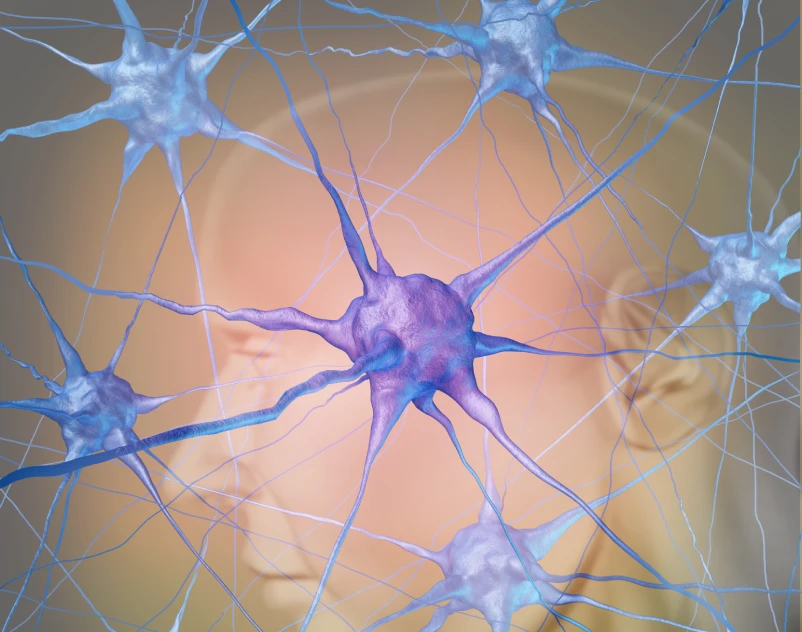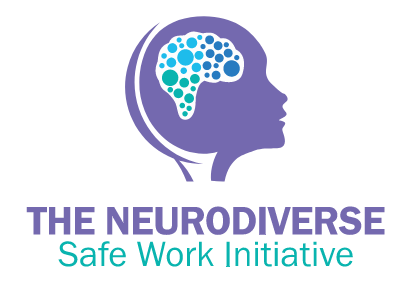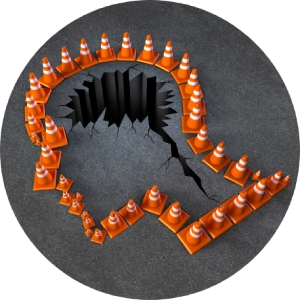ABOUT US
30 years’ experience of OH&S Management Consultancy
ABOUT YOU
Find out how we can help you based on your current role in the workplace
OUR SERVICES
We offer a range of services, resources and education in the Neurodiversity space
The Neurodiverse Safe Work Initiative is a verified social enterprise that provides education, resources and tools that help employers adapt their management systems to be inclusive of the different ways that all workers think, learn, process and retain information, regulate emotions and attention and perceive and respond to risk and experience the physical environment. Profits are reinvested into the business to further advance our mission.
Our Mission
Motivating, empowering and supporting employers with education, resources and tools to create work that is healthy, safe and inclusive for the neurodiverse workforce.
About Neurodiversity

What is Neurodiversity and why is it important?
Neurodiversity (noun) means Neuro (neurological) + Diversity (difference) = Neurodiversity
It is the concept that there is a natural variation in the human brain that leads to differences in how we all think and function.
Human beings are a diverse species. Just as there is diversity in ethnicity, gender, sexual orientation, and talent, so too there is diversity in neurological functioning. Just as no two people have the same bodies or fingerprints, so no two people have the same brain.
In fact, the only way that human beings are the same is that we are all different!
Some have argued that neurodiversity is a subset of biodiversity and that it is as essential to the survival of the human species as biodiversity is to the planet.
Neurotypical
Neurotypical is the term used to describe the more common type of neurological development and functioning. It’s thought that 80-85% of the world’s population are neurotypical.
Neurodivergent
Neurodivergent is the term used to describe the less common type of neurological development and functioning. 15 – 20% of the world’s population is neurodivergent. Neurodivergent brains are structured and wired differently from neurotypical brains, and they work, think, learn, communicate, process information, regulate attention and emotion and perceive the world around them differently – (Doyle, 2020)
Neurodifferences include
AUTISM
Autism or Autism Spectrum Disorder (ASD) – characterised by difficulties with social communication and interactions and restricted, repetitive patterns of behaviour, interests and activities. There are three levels based on the severity of symptoms and care and support required by the individual.
ASPERGER'S SYNDROME
Asperger’s Syndrome – A milder form of ASD (ASD Level 1). It was removed from the DSM-5 in 2013 and was incorporated into the diagnostic criteria for Autism. Some people still refer to their neurodivergence as Asperger’s or “Aspie”.
ADHD
Attention-Deficit/Hyperactivity Disorder (ADHD) – characterised by inattention and/or hyperactivity and impulsivity. Symptoms must have been present before aged 12 and must impact two or more areas of a person’s life. There are three types presentations:
- predominantly inattentive type
- predominantly hyperactive-impulsive type
- combined type
DLD
Developmental Language Disorder (DLD) is characterised by significant and ongoing difficulties with understanding and/or using language that are not explained by other causes such as hearing loss or intellectual disability.
DYSLEXIA
Dyslexia – characterised by difficulties with reading, writing and spelling.
DYSCALCULIA
Dyscalculia – characterised by difficulties with mathematics, estimating distances, telling the time, remembering simple formulae such as percentages, adding, subtracting, dividing and multiplying.
DYSGRAPHIA
Dysgraphia – charactersied by difficulties with written expression and handwriting.
DYSPRAXIA
Dyspraxia or Developmental Co-ordination Disorder (DCD) – characterised by difficulties with gross and fine movement and balance.
TOURETTE SYNDROME
Tic Disorders – A tic is a sudden, rapid, recurrent, nonrhythmic motor movement or vocalization. Motor tics involve movements of the body and vocal tics involve sounds and/or words. There are two main types:
- Tourette Syndrome (TS) – involves multiple motor tics and at least one vocal tic.
- Chronic Tic Disorder (CTD) involved either motor or vocal tics. Both must occur several times a day and cause the individual distress and impairment.
OCD
Obsessive-Compulsive Disorder – characterised by a cycle of anxiety where obsessive and intrusive thoughts trigger repetitive behaviour or mental acts that temporarily relieve the person’s distress.
The Neurodiversity Movement advocates that whilst neurodivergent functioning can be a disabling for many, not everyone is affected in the same way and that neurodivergent functioning does not simply need to be tolerated and accepted but embraced and celebrated. Neurodivergent brains exist for a reason. We have abilities and some say “superpowers” that do not exist to the same degree in the neurotypical brain.
Recognising neurodiversity in the workplace isn’t just a matter of disability inclusion, it’s a vital work health and safety (WHS) consideration. Traditional approaches often manage neurodivergent employees solely through disability employment policies, focusing on reasonable adjustments and anti-discrimination compliance. While important, this is a reactive and limited framing that can overlook broader systemic risks and opportunities.
Viewing neurodiversity as a WHS issue shifts the focus to the design of work, environments, management and communication systems which are core elements of the employer’s primary duty under WHS law. It supports proactive identification and management of psychosocial and physical hazards, such as sensory processing differences, unclear task demands, or exclusionary team practices. It also enhances risk controls by recognising that cognitive and sensory differences can influence hazard perception, decision-making, and fatigue in safety-critical roles. A WHS-framed approach ensures that neurodivergent functioning is considered in the same way as other human factors, contributing to safer, more inclusive systems.
This integrated perspective leads to more effective, sustainable outcomes because when we understand and support neurodivergent workers as part of overall workforce variability, we reduce harm, improve engagement, and build safer, more adaptive organisations.


Our Address
PO Box 61
Margate Beach, Queensland 4019
Phone
Book in for a chat!
Subscribe for news & updates.



